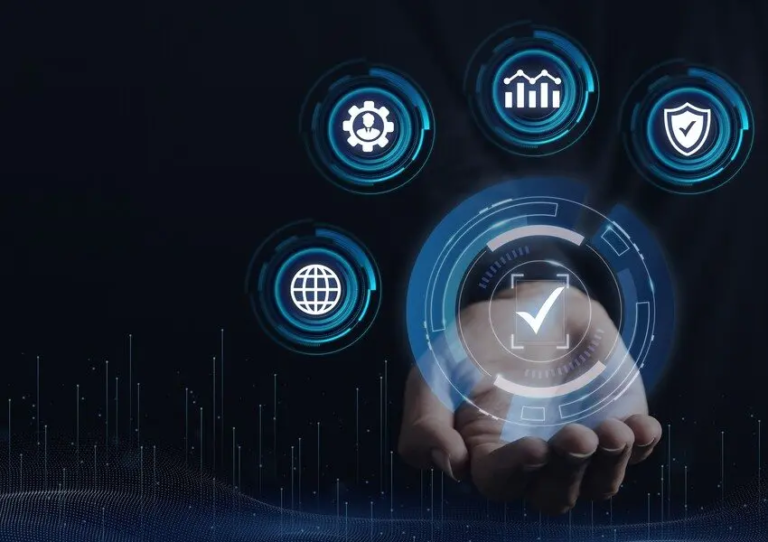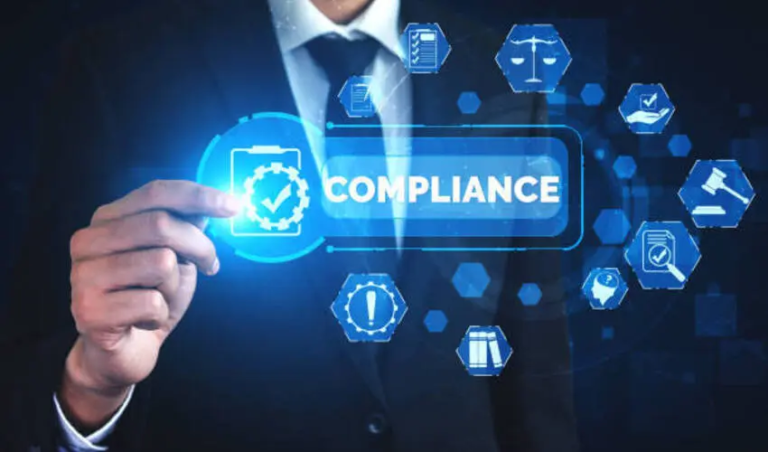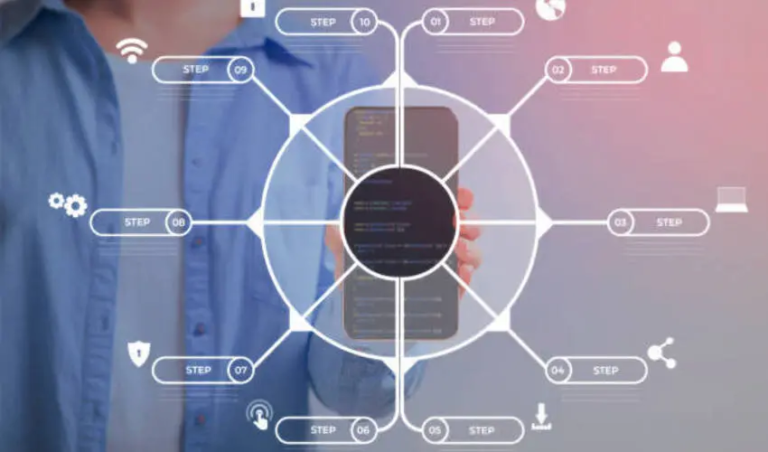Data breaches are growing every year. Cybersecurity is no longer optional for businesses. It is a must. ISO 27001 and SOC 2 are two major security standards. They help protect data and build trust. To meet these standards, you need a Cybersecurity Audit Checklist. This checklist guides you step-by-step. It helps you prepare for compliance audits and fix weak areas.
This article explains a simple and effective Cybersecurity Audit Checklist for ISO 27001 and SOC 2 compliance.
Why Use a Cybersecurity Audit Checklist?
A checklist makes the audit process clear. It saves time and avoids confusion. It ensures nothing is missed. A well-made checklist helps your team get ready before the actual audit begins. It also helps maintain ongoing compliance. You can repeat the steps regularly to stay secure.
What Is ISO 27001?
ISO 27001 is an international standard. It focuses on managing information security. It outlines how to set up an Information Security Management System (ISMS). This standard covers:
- Risk management
- Access controls
- Security policies
- Employee awareness
- Continuous improvement
What Is SOC 2?
SOC 2 is a compliance standard for technology companies. It is designed by the AICPA. It focuses on how businesses manage customer data.
SOC 2 is based on five Trust Service Criteria:
- Security
- Availability
- Processing Integrity
- Confidentiality
- Privacy
Cybersecurity Audit Checklist for ISO 27001 and SOC 2
Below is a simple and clear Cybersecurity Audit Checklist. It works for both ISO 27001 and SOC 2 audits.
1. Define the Audit Scope
List the systems, teams, tools, and data to be audited. Know what falls inside and outside the audit’s boundaries.
2. Create and Review Security Policies
Write clear information security policies. Review them regularly. Ensure all staff understand and follow these policies.
3. Perform a Risk Assessment
Identify risks that could affect your systems. Rank them based on impact and likelihood. Create plans to reduce these risks.
4. Establish Access Controls
Ensure only authorized users have access to sensitive data. Use strong passwords and multi-factor authentication (MFA). Remove access when employees leave.
5. Train Employees on Security
Train all staff on basic cybersecurity practices. Include phishing awareness and safe password use. Track who completes the training.
6. Monitor and Log Activities
Keep logs of all user and system activity. Use security information and event management (SIEM) tools. Review logs for unusual behavior.
7. Secure Physical Access
Protect physical locations like server rooms. Limit entry with keycards or biometric systems. Keep visitor logs and security cameras.
8. Patch Systems Regularly
Update all software, devices, and apps. Apply patches quickly to fix known bugs. Use automated tools to manage updates.
9. Use Encryption for Data
Encrypt data at rest and in transit. Use secure protocols like HTTPS and VPNs. Store encryption keys safely.
10. Conduct Regular Penetration Testing
Simulate attacks on your systems. Use ethical hackers or third-party services. Fix the issues found during testing.
11. Back Up Data Frequently
Set up regular data backups. Store them securely, both online and offline. Test backups to ensure they work.
12. Document All Procedures
Write down your processes and controls. Include steps for data access, changes, and incidents. Keep these documents updated and reviewed.
13. Set Up an Incident Response Plan
Create a clear plan for security breaches. Assign roles and outline steps to follow. Test the plan at least once a year.
14. Use Secure Vendor Management
Check third-party vendors for security risks. Sign data processing agreements (DPAs) if needed. Monitor vendor performance and compliance.
15. Maintain an Asset Inventory
List all IT assets like laptops, servers, routers, and software. Update the list often. Tag each asset with its owner and risk level.
16. Review and Update Policies Often
Revisit your policies at least once a year. Make changes when new risks appear. Get leadership approval for all updates.
17. Align with Trust Service Criteria
For SOC 2, map your controls to the five Trust Service Criteria. Ensure each control has evidence and is actively followed.
18. Create an ISMS (for ISO 27001)
Set up an Information Security Management System (ISMS). Follow the Plan-Do-Check-Act model. This system helps manage and improve security.
19. Perform Internal Audits
Audit yourself before the official audit. Look for weak points. Fix them early to avoid failure.
20. Review Audit Logs and Reports
Store all past audit logs and findings. Learn from mistakes and close all previous gaps. Show proof of improvements during your next audit.
21. Prepare for External Audit
Gather all required documents and reports. Answer questions clearly and honestly. Involve your IT and compliance teams.
Final Thoughts
Meeting ISO 27001 and SOC 2 standards is not easy. But it’s not impossible either. A strong Cybersecurity Audit Checklist helps you stay organized. Follow the checklist often, not just once a year. Make security part of your daily work. Train your team. Fix weak points quickly. In the end, a checklist doesn’t just help you pass audits. It helps protect your data, systems, and reputation.






